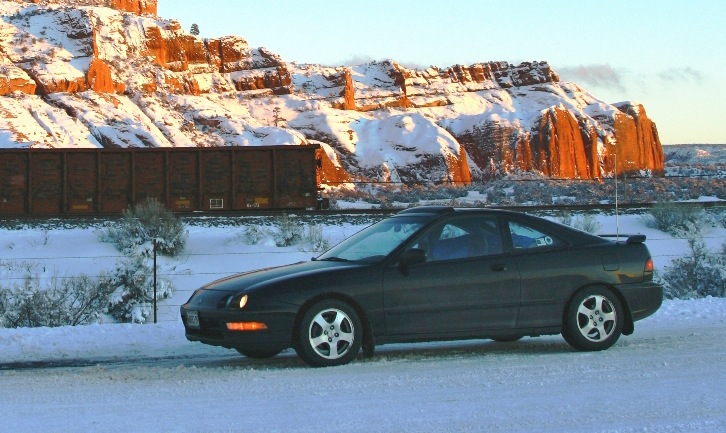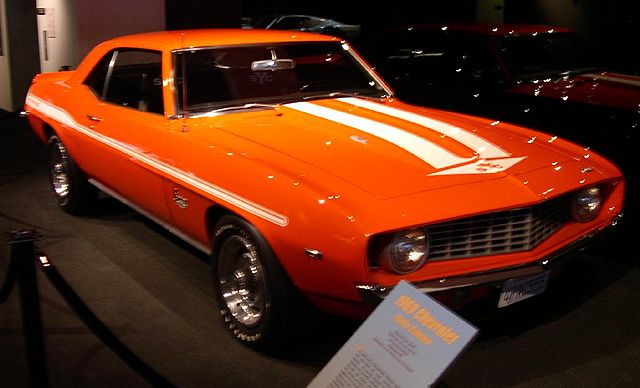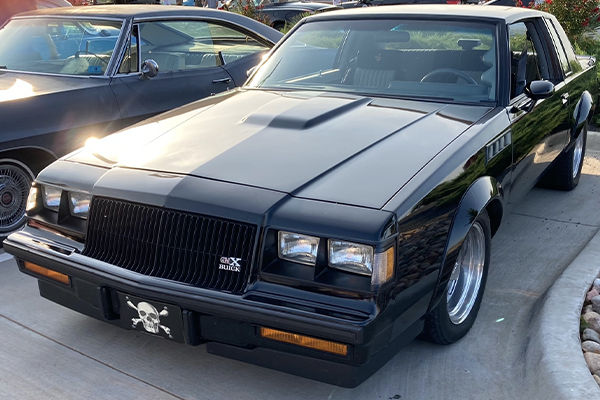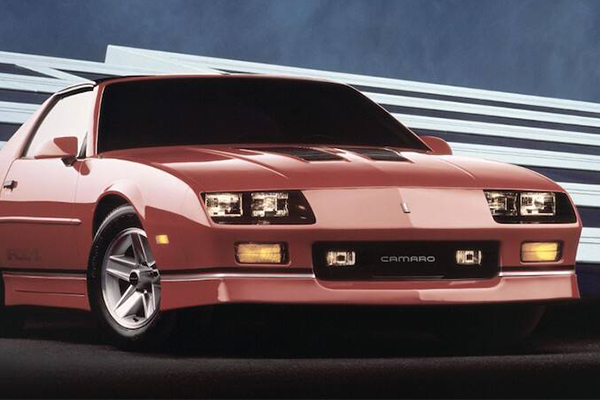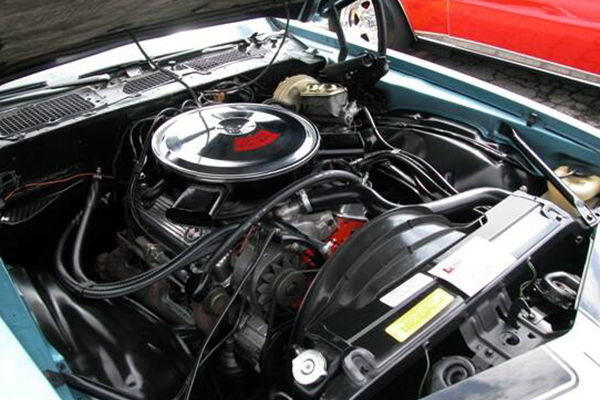We're biased when it comes to DOHC VTEC Hondas. The 1995 Acura Integra GS-R with its little 1.8-liter motor and the 8,100-rpm redline couldn't be beat. The "luxury coupe" 2001 Honda Prelude redlined at a comparatively meek 7,400 rpm but had other stuff going for it that the Integra lacked. These were great cars—stylish, fun, and relentlessly reliable.
And we'll never see the likes of them again, because Honda has turned its back on that whole scene. The Prelude was quietly put out to pasture in 2001, having become too refined and expensive for its own good. The Integra kept kicking for a while as the Acura RSX (it was still called "Integra" in other markets), but 2006 marked the end of the line. For a few more years, the Honda Civic Si carried the torch with its sweet 2.0-liter motor, a high-revving marvel that reminded drivers very much of the Integra GS-R's 1.8. But these days the Civic Si uses a warmed-over Accord engine. FAIL.
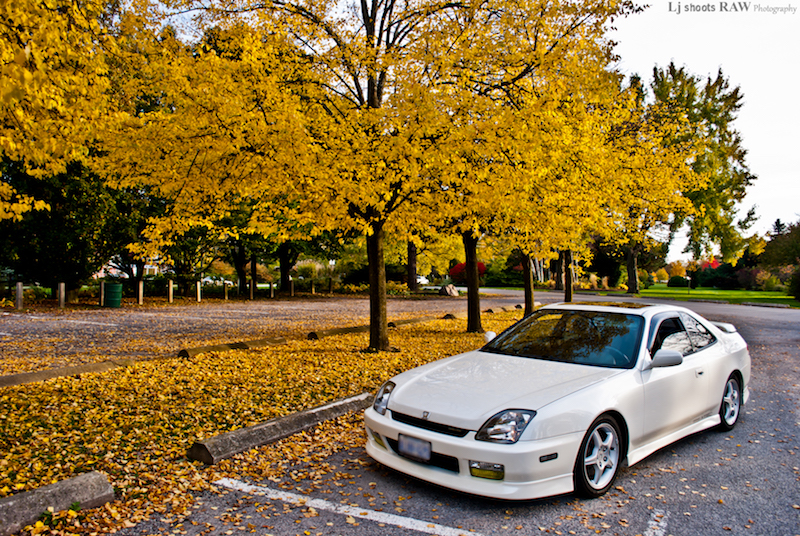
Source | Oh Snap! Photography by Lj/Flickr
The Honda VTEC era is gone, and it's not coming back. But we can still remember the good times, right?
1994 Acura Integra GS-R
First of all, as soon as the second-generation GS-R came out in '94, everyone wanted those shiny five-spoke wheels. Man, Honda knew how to do alloy wheels back in the day, didn't they? Admittedly, the rest of the car's looking a bit dated. It's got that bubbly 1990s look going on from some angles. Many drivers loved the four round headlights, even though they swapped them out for the JDM lenses. And from the back, the GS-R still looks pretty purposeful with its standard spoiler and wide taillights.
This car wasn't about creature comforts. The road noise at speed was literally deafening, at least temporarily. As for the ride quality... it was "skateboard-like." Really, the best thing about the interior was the hatchback trunk; you could fold those rear seatbacks down and fit your whole life in there if you had to.
 Bottom line, the Integra GS-R was all about what was under the hood. The dual-overhead cam ("DOHC") 1.8-liter inline-4 was rated at 170 horsepower, falling just short of the magical 100 hp/L threshold. Torque was a paltry 127 pound-feet, and that was always the knock against the DOHC VTEC motors. Still, the power ramped up steadily all the way to 8,100 rpm, with the VTEC crossover at 4,400 rpm producing a growl that gave way to a motorcycle-like scream toward to the end. Known to fans by the internal code "B18C1," the GS-R's engine was only offered with an incredibly precise five-speed manual transmission, and they were a perfect pairing--the short gears helped keep the revs high, and the pedals were ideally placed for heel-toe downshifts.
Bottom line, the Integra GS-R was all about what was under the hood. The dual-overhead cam ("DOHC") 1.8-liter inline-4 was rated at 170 horsepower, falling just short of the magical 100 hp/L threshold. Torque was a paltry 127 pound-feet, and that was always the knock against the DOHC VTEC motors. Still, the power ramped up steadily all the way to 8,100 rpm, with the VTEC crossover at 4,400 rpm producing a growl that gave way to a motorcycle-like scream toward to the end. Known to fans by the internal code "B18C1," the GS-R's engine was only offered with an incredibly precise five-speed manual transmission, and they were a perfect pairing--the short gears helped keep the revs high, and the pedals were ideally placed for heel-toe downshifts.
Nowadays, turbocharged fours are all the rage because of their supposed fuel-economy benefits, but the GS-R got insane gas mileage, like 37 mpg. Throw in legendary reliability and low maintenance costs, and you've got an all-time great. There'll never be another car like it.
2001 Honda Prelude
 The angular, understated Prelude was a different beast--a gentleman's sport compact. With its long nose and short deck, the 2001 'Lude could almost pass for rear-wheel-drive, its extended front overhang being the only real giveaway. It was a classy car, especially with the beautiful alloy wheels shown here. With the Integra, you expected a kid to be driving it, and it was normal to see an enormous spoiler tacked on the back. But the 'Lude appealed to everyone.
The angular, understated Prelude was a different beast--a gentleman's sport compact. With its long nose and short deck, the 2001 'Lude could almost pass for rear-wheel-drive, its extended front overhang being the only real giveaway. It was a classy car, especially with the beautiful alloy wheels shown here. With the Integra, you expected a kid to be driving it, and it was normal to see an enormous spoiler tacked on the back. But the 'Lude appealed to everyone.
Inside, the fifth-gen Prelude served up an inviting mix of quality materials and subtle, ergonomic design. You had all the controls you needed, and no more. People used to say Honda was the Japanese BMW (hard to believe today, right?), and this dashboard is a case in point. Everything was right where it needed to be, and the simple layout aged really well.
 On the road, the Prelude was significantly quieter than the GS-R. The general comfort level was a lot higher. Really good stereo, too--so much better than the Integra's clock-radio-quality sound. But it still handled great, albeit with slightly slower reflexes.
On the road, the Prelude was significantly quieter than the GS-R. The general comfort level was a lot higher. Really good stereo, too--so much better than the Integra's clock-radio-quality sound. But it still handled great, albeit with slightly slower reflexes.
The fifth-gen Prelude's engine was a torque monster by DOHC VTEC standards, cranking out 156 lb-ft along with a healthy 200 hp. But we liked the GS-R's engine better. The 'Lude's 2.2-liter four-cylinder, a.k.a. "H22A4," had a Jekyll and Hyde character, coming on real strong all of a sudden at 5,200 rpm. We preferred the way the GS-R's motor smoothed the VTEC transition out. But the H22 made a great snarl, and the five-speed shifter was lighter than the GS-R's, gliding friction-free from gate to gate.
If you wanted genuine Honda VTEC performance without the boy-racer looks, the fifth-gen Prelude was the ultimate solution.
Honda VTECs used to rule the street, and for good reason. Did you ever have a DOHC VTEC car? Leave us a comment.
